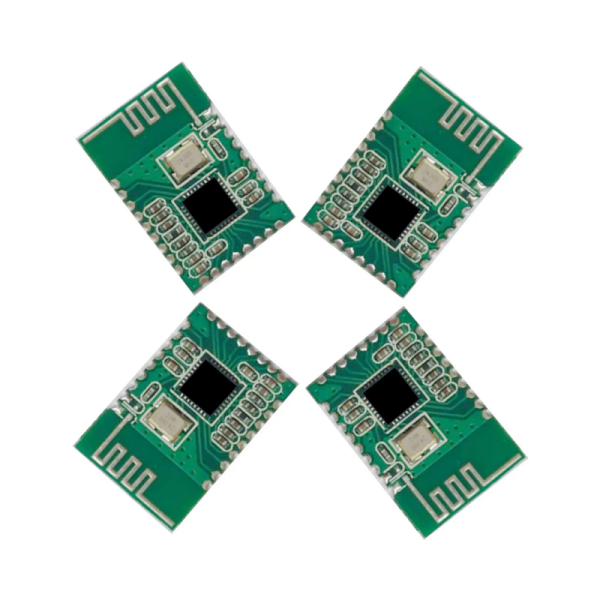Understanding Wireless PCB Boards: The Backbone of Instant Technology
Understanding Wireless PCB Boards: The Backbone of Instant Technology
Blog Article
Bluetooth engineering has become a critical part of contemporary connectivity, enabling units to interact wirelessly across varied industries. In the middle of the widely-used technology lies the Wireless PCB board, the motor that forces seamless communication. That website explores the cutting-edge position of bluetooth pcb board, their significance in reaching connectivity, and the essential components which make them function.

Why Bluetooth PCB Panels Matter
Bluetooth PCB (Printed Signal Board) panels facilitate instant data indication between devices. They kind the backbone of Bluetooth-enabled programs, from your own wireless headphones to professional IoT (Internet of Things) equipment. Their significance is based on providing a dependable, strong system for transmission while consuming minimal energy.
Statistics Supporting Wireless Development
Bluetooth engineering is not just a function; it's getting an international necessity. Based on the Wireless SIG Industry Prediction, Bluetooth-enabled unit deliveries can reach 6.4 billion annually by 2025. Among them, programs in smart house products, healthcare, and automotive systems are quickly expanding. Wireless PCB panels offer as an essential enabler of this intense growth.
Key Components of Wireless PCB Panels
To totally recognize the position of Bluetooth PCB boards, it will help to know their critical parts and the tasks they perform:
1. Microcontroller Device (MCU)
The MCU works as the brain of the Bluetooth PCB. It processes data and controls transmission between products by relaying directions to the Wireless module. High-efficiency MCUs are sought after to make sure responsiveness and low-power operation.
2. Antenna
Efficient antennas are built-in for reliable connectivity. They broadcast and get radio frequency signals, growing the inspiration of the board's instant capabilities. Contemporary Bluetooth PCB boards often integrate ceramic antennas for small style and large performance.
3. Wireless Component
Sitting in the middle of the table, this component confirms the bond between devices. Many use variations of Wireless Reduced Energy (BLE) modules, specifically designed to cut back energy consumption while ensuring strong connectivity.
4. Energy Management Signal
Power efficiency is non-negotiable in the present linked ecosystem. These circuits guarantee the successful use of power from the power offer, enhancing battery performance across units like wearables or medical equipment.
5. Produced Circuit Structure
The style of the PCB layout is pivotal. Components should be cautiously placed to prevent electromagnetic interference (EMI) and to optimize the indicate strength. A well-structured PCB layout identifies the connection and efficiency of a Wireless device.
Driving the Potential of Connection
The importance of Wireless PCB panels can not be overstated in the present tech-forward world. By establishing cutting-edge parts like BLE segments and efficient energy administration circuits, these boards are the blocks of easy instant interaction. With the rise in intelligent products and IoT methods, improved PCB patterns may remain essential for connectivity.

Bluetooth PCB panels continue steadily to unlock opportunities across industries, bringing billions of products sooner together. This trend of invention is just why businesses are investing greatly in improving PCB technologies to ensure low energy usage, strong performance, and trusted communication. Whether you are a technology lover or some one working in electronics, understanding Bluetooth PCB panels is essential to appreciating the backbone of modern connectivity.
Report this page